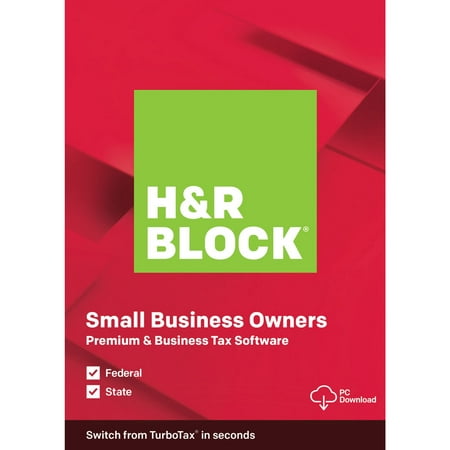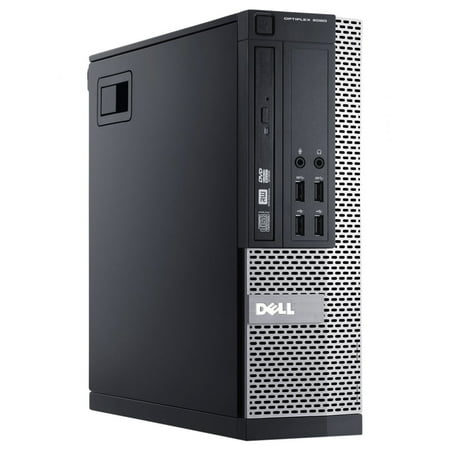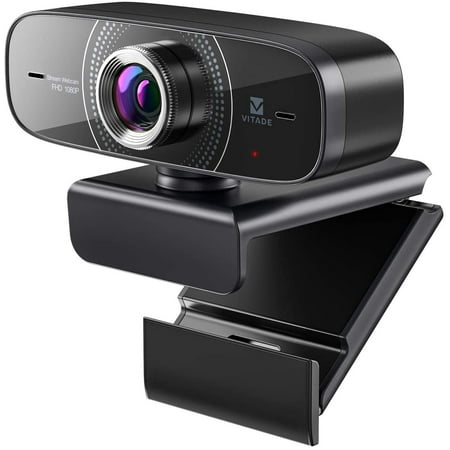HP X360 14″ Pentium Touch 4GB/128GB Chromebook, 14″ HD Touch Display, Intel Pentium Silver N5000, 4GB RAM, 128GB eMMC, Intel UHD Graphics 600, 14b-ca0061wm
Google Classroom Compatible! “Meet the versatile HP Chromebook x360 14b-ca0061wm that gives you the performance and entertainment features you want with the best of Chrome and Android. Featuring an Intel® Pentium® Silver processor and UHD graphics, a fanless design for a quieter computing experience, USI universal stylus support and battery life up to 12 hours, this hybrid laptop offers the features and portability you need to get things done. With the versatility of a 360° hinge, the beauty of a 14-inch diagonal narrow-bezel, HD touch display (with screen-to-body ratio of 78%), a seamless metal keyboard deck and Audio by B&O, your entertainment experience looks as good as it sounds. Redefine how you work and play with the seamless integration of your favorite Chrome browser, always secure and up to date, and access to a huge selection of apps in the Google Play Store. The 128 GB eMMc. delivers reliable flash-based storage at a great value, and you can increase your device’s storage for more movies, photos, and music, or easily access any content you have stored on a micro SD card using the built-in card reader. At less than four pounds, this thin, light, white and silver convertible laptop is easy to take from room to room or on the road. ” This item was manufactured in 2019.










Operating system: ChromeProcessor: Intel® Pentium® Silver N5000 ProcessorDisplay: 14.0-inch diagonal HD, SVA, micro-edge, WLED-backlit, multitouch-enabled, edgeto-edge glassMemory: 4 GB LPDDR4-2400 SDRAM (onboard)Internal storage: 128 GB eMMCGraphics: Intel® UHD Graphics 600Sound: Audio by B&O with dual speakersBattery life: Up to 12 hours (mixed usage)Wireless: Intel® Wireless-AC 9560 802.11 b/g/n/ac (2×2)(19a) Wi-Fi® and Bluetooth® 5comboCamera: HP Wide Vision HD Camera with integrated dual array digital microphoneProduct weight: 3.48 lbMFG Year: 2019





Reviews
There are no reviews yet.